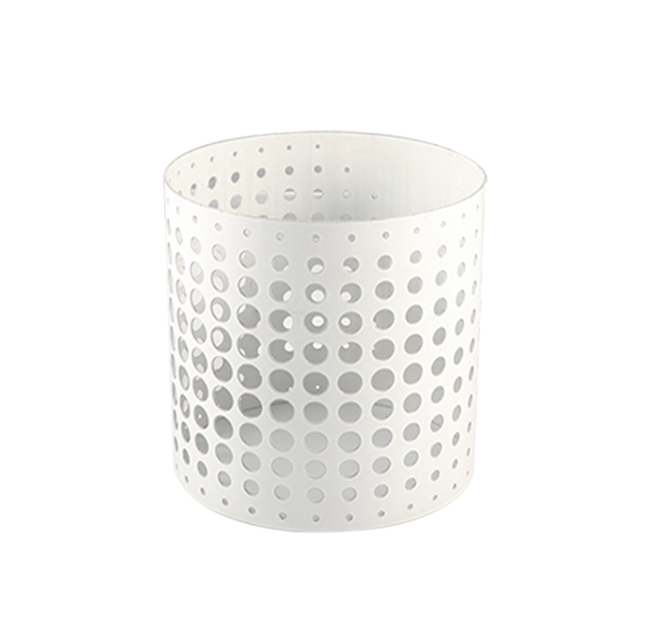Time:2025-06-13 Views:0 source:CNC Machining customization source:CNC Machining news

The CNC shell processing flow for electronic equipment involves several sequential steps to produce high - quality, functional, and aesthetically pleasing enclosures. The process begins with design and programming. Engineers use computer - aided design (CAD) software to create detailed 3D models of the electronic equipment shells, considering factors such as component placement, heat dissipation, and user ergonomics. These 3D models are then converted into CNC machine - readable programs using computer - aided manufacturing (CAM) software. The programming step determines the toolpaths, cutting parameters, and machining operations required to transform the raw material into the desired shell shape.
Once the programming is complete, the raw material preparation stage follows. Commonly used materials for electronic equipment shells include aluminum alloys, plastics, and sometimes stainless steel. The raw materials are cut to the appropriate size and shape, depending on the requirements of the shell design. For example, aluminum sheets may be cut using a laser cutting machine to achieve precise dimensions and clean edges.
The actual CNC machining process is the core step. It typically involves multiple operations, such as milling, turning, and drilling. Milling is used to shape the outer and inner surfaces of the shell, creating features like grooves, holes, and bosses. Turning operations may be used for cylindrical parts or to create threads. Drilling is used to create holes for screws, connectors, and ventilation. During the machining process, the CNC machine follows the programmed toolpaths with high precision, ensuring accurate dimensions and consistent quality.
After machining, post - processing operations are carried out. These may include deburring to remove any sharp edges or burrs left over from the machining process, which can be a safety hazard and affect the assembly of the electronic components. Surface finishing operations, such as sandblasting, polishing, or anodizing for aluminum shells, are also performed to enhance the appearance and corrosion resistance of the shells. Finally, quality inspection is an essential step in the process. Inspectors use various measurement tools, such as calipers, micrometers, and optical comparators, to check the dimensions, surface finish, and overall quality of the shells. Any defective parts are identified and either reworked or discarded to ensure that only high - quality electronic equipment shells are delivered for assembly.
Read recommendations:
Sealing ring Precision electronic parts
Housing components for recessed downlights Precision electronic parts
Oval Magnetic Hardware Precision electronic parts
CNC Machining Dimension Accuracy
CNC processing factory - Meeting customers' strict requirements for precision